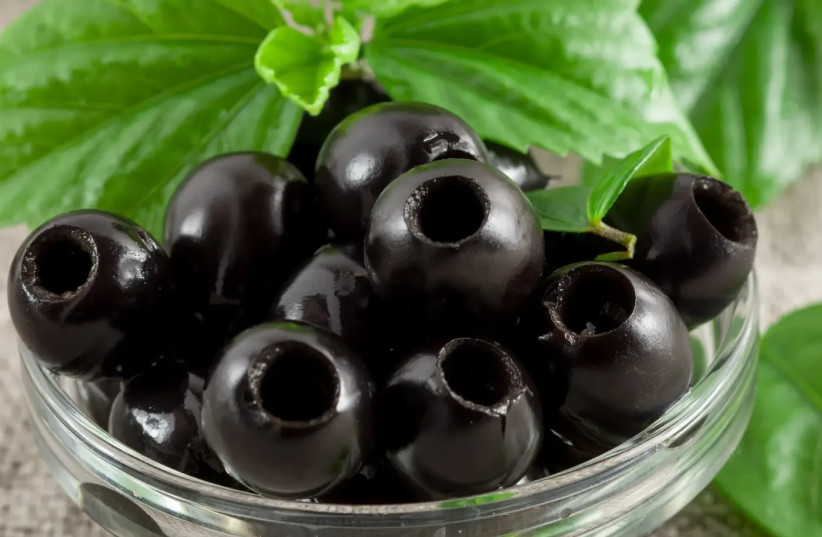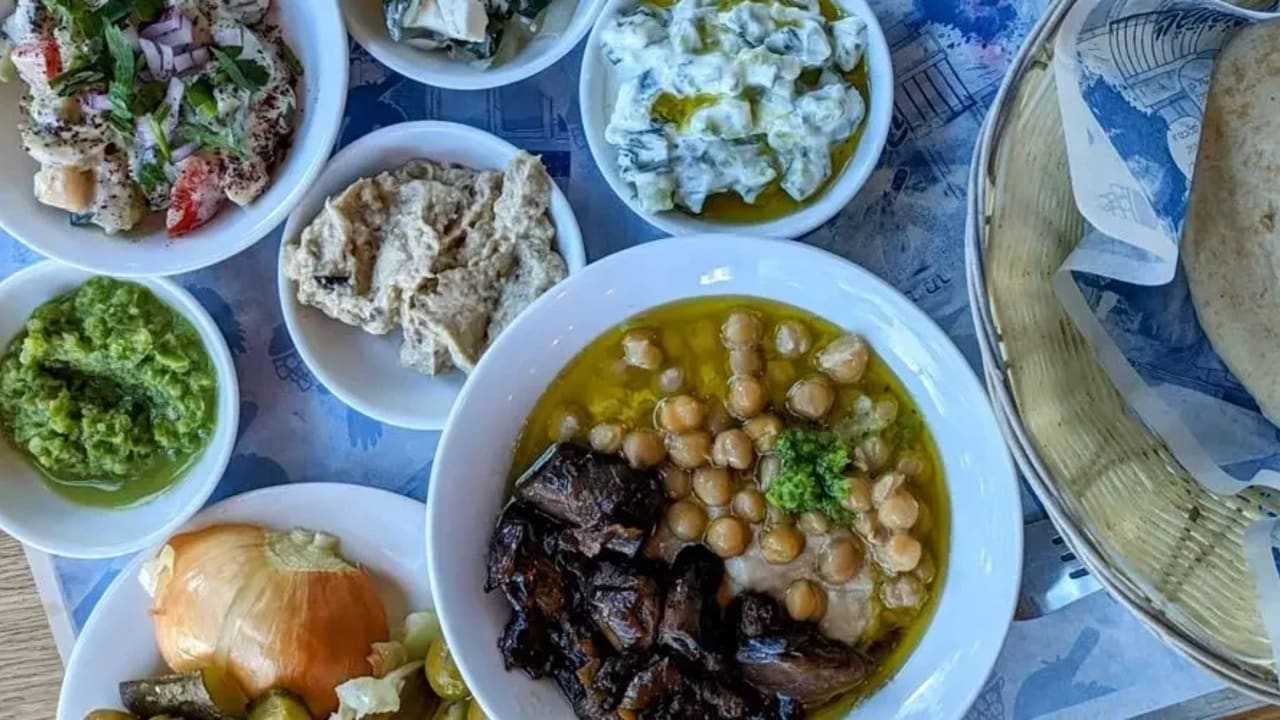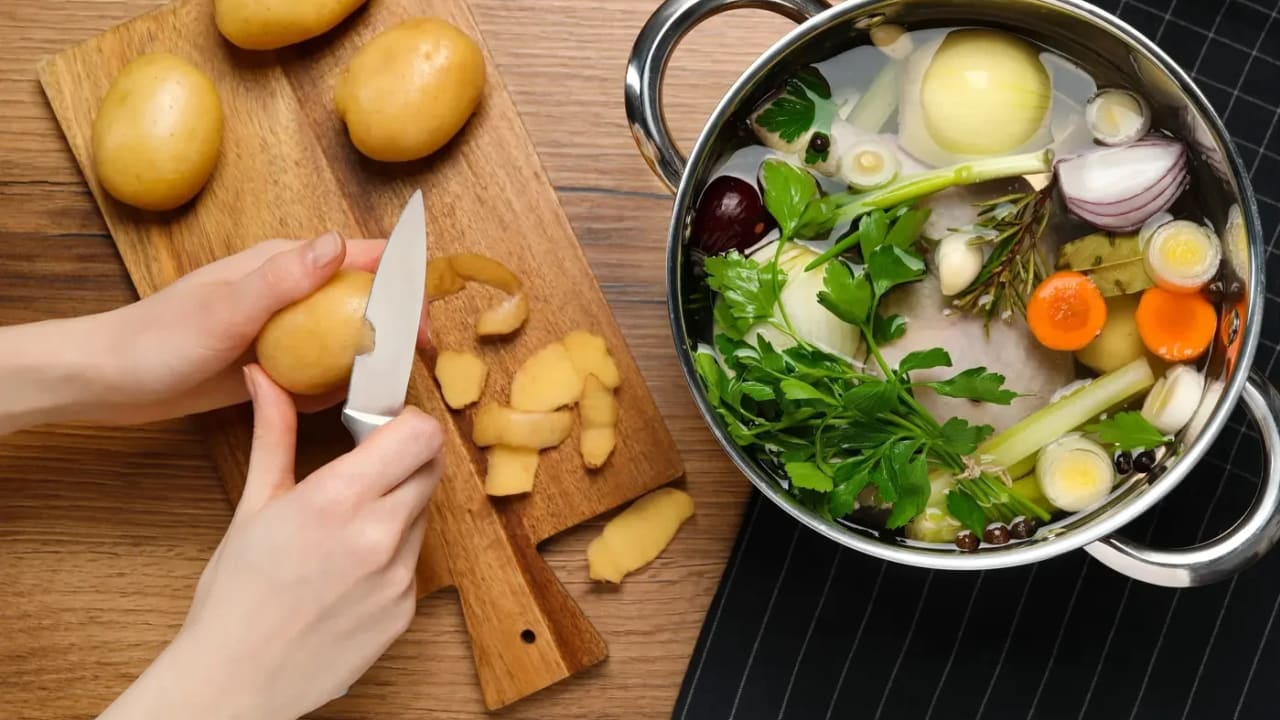Jerusalem Post
ByDR. MAYA ROSMAN
How many calories are really in olives – and just as important, how much salt? And are black olives really black? Here’s the full truth about the food Israelis love.
It’s hard to imagine an Israeli table without a bowl of olives: Green, black, pitted, or stuffed – they look like a small and innocent snack, but behind each olive hides a whole world of nutrients, healthy fat, and salt – a lot of it.
Despite their healthy image, it’s worth knowing in what quantities it’s recommended to consume them, what the differences are between types of olives, and what studies say about their contribution to heart health.
In a large study published in the American Journal of Clinical Nutrition, for example, it was found that a diet rich in monounsaturated fats, such as those found in olives and olive oil, significantly reduced the risk of cardiovascular diseases.
Another study, published in Nutrients, claimed that the consumption of olive oil and olives as part of the Mediterranean diet is also linked to improved brain function and reduced inflammation in the body.
So how much salt is in olives? Should you prefer green or black ones? And are “blackened” olives even natural? Here’s everything you should know:
1. How much salt is in olives?
About 8 medium olives (30 grams) contain an average of 350–450 mg of sodium – almost a quarter of the daily recommended intake.
The high salt content in olives comes from the pickling process. The natural olive is very bitter and cannot be eaten as is, so it’s soaked in a salt solution that neutralizes the bitterness and allows for long-term preservation.The salt also prevents the growth of bacteria and mold during storage, serving as a natural preservative. The longer the pickling process, the better the flavor – but the sodium content also rises.
2. Calories
8 medium olives contain about 40 calories only. Most of the calories come from healthy fat (mainly omega-9).
3. Green vs. black
In most cases, green olives are picked earlier, and black ones are riper. In terms of nutritional values – they are very similar.
There are also unique varieties whose color is naturally dark even when they’re not fully ripe. For example: Kalamata – a Greek purple variety; Nabali – an Israeli variety that turns dark green. In other words, the difference isn’t always “ripe vs. unripe”; sometimes it’s simply a different variety.
4. Artificially blackened olives
Most black olives in cans or tins labeled “blackened olives” are not naturally black – they’re darkened using ferrous sulfate (E579) to achieve a uniform color.
Ferrous sulfate is considered an approved food additive, but in excessively high amounts it can cause oxidative damage to body cells. Studies have found that when free iron accumulates in excess, it can promote the creation of free radicals that damage liver cells, kidneys, and DNA.
Although the quantities used to blacken olives are very small and considered safe for consumption, that’s as long as they’re not eaten in extreme amounts.
5. Canned olives and preservatives
Canned olives are preserved in a salt solution, usually without preservatives. Some people feel that olives in glass jars taste better.
6. Olive oil vs. whole olives
Olive oil is more concentrated both in calories and nutritional value – one tablespoon of oil contains about 120 calories, while 8 olives contain 40 calories. However, olives themselves also contain dietary fiber, which olive oil lacks. Both are recommended in moderate amounts.
7. Omega-9 and heart health
Olives are rich in oleic acid (omega-9), known to improve levels of good cholesterol (HDL) and reduce inflammation in the body.
Studies show that regular consumption of monounsaturated fat is linked to a lower risk of heart disease.In a study conducted at Harvard University and published in Circulation in 2020, more than 90,000 participants were followed for over 20 years. The study concluded that people who regularly consumed olive oil and other sources of monounsaturated fat, such as olives and avocados, had a 14% lower risk of coronary heart disease compared to those who consumed less oleic acid.
8. Pitted olives – is it a chemical process?
No. The pit is removed mechanically, using machines that press the pit out. Sometimes a liquid is added to preserve the texture, but no active chemicals are involved.
9. Do olives cause thirst?
Yes – because of their high salt content. If you eat olives as part of a meal (with vegetables or cheese), the body “dilutes” the salt, making it less noticeable.
10. Vitamin E content
Olives are rich in vitamin E, an antioxidant that protects body cells from oxidative damage, particularly skin cells and the immune system.
8–10 medium olives provide about 10% of the daily recommended intake of vitamin E.
For Dr. Maya Rosman’s course: How to improve your health and lose weight in a sensible and logical way – click here.





















